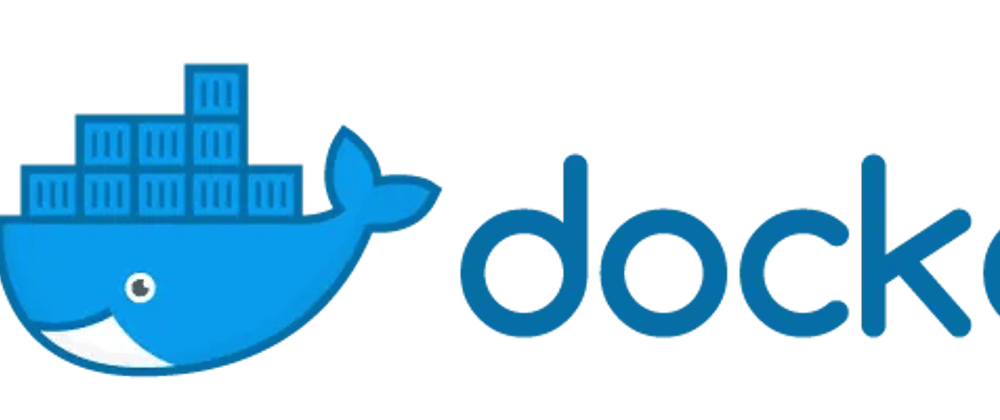Docker is a popular tool for creating and managing containerized applications. However, as with any technology, there are security best practices that should be followed to ensure that your applications and systems remain secure. In this article, we will discuss some of the best practices for securing Docker containers and applications.
1. Use official images
One of the best ways to ensure the security of your Docker containers is to use official images from trusted sources. Official images are those that have been created and maintained by the upstream software vendor or a trusted third-party organization. These images are typically more secure than those that have been created by individuals or untrusted sources, as they are regularly updated and patched to address known vulnerabilities.
For example, when running a containerized version of the Apache web server, you should use the official Apache image from the Docker Hub rather than a version created by an individual or untrusted organization. This will ensure that the image you are using is up-to-date and free from known vulnerabilities.
2. Minimize the attack surface
Another important aspect of securing Docker containers is to minimize the attack surface. This can be achieved by running only the necessary processes and services within a container and by using minimalistic images. Additionally, it is important to keep the number of open ports to a minimum and to use network segmentation to limit the exposure of your containers to the internet.
For example, instead of running a full-fledged Linux distribution within a container, you can use a minimalistic image that includes only the necessary components for your application. Additionally, you can use network segmentation to limit the number of open ports and to restrict access to your container from the internet.
3. Keep your images and containers up-to-date
Keeping your images and containers up-to-date is another important aspect of securing Docker. This includes updating your images to the latest version and patching any known vulnerabilities. Additionally, it is important to regularly update the software and libraries within your containers to ensure that they are free from known vulnerabilities.
For example, if you are running an older version of the Apache web server within a container, it is important to update the image to the latest version to ensure that it is free from known vulnerabilities. Additionally, it is important to regularly update the software and libraries within your container to ensure that they are free from known vulnerabilities.
4. Use container orchestration
Container orchestration tools, such as Kubernetes, can help you to manage and secure your Docker containers at scale. These tools provide features such as automatic scaling, automatic updates, and automatic failover, which can help to ensure that your containers are always running and are free from known vulnerabilities. Additionally, container orchestration tools can be configured to automatically update your images and containers to the latest version and to patch any known vulnerabilities.
5. Use a container firewall
Another important aspect of securing Docker is to use a container firewall. Container firewalls can be configured to restrict incoming and outgoing network traffic and to limit access to your containers from the internet. Additionally, container firewalls can be configured to automatically block any traffic that is deemed to be malicious.
For example, you can use a container firewall to restrict incoming and outgoing network traffic and to limit access to your containers from the internet. Additionally, you can configure the firewall to automatically block any traffic that is deemed to be malicious, such as traffic from known malicious IP addresses or traffic that is trying to exploit known vulnerabilities.
6. Use a vulnerability scanner
A vulnerability scanner is a tool that can scan your images and containers for known vulnerabilities. Vulnerability scanners can be configured to automatically scan your images and containers and to alert you to any known vulnerabilities that they find. Additionally, they can be configured to automatically update your images and containers to the latest version and to patch any known vulnerabilities. Some examples of vulnerability scanners include Aqua Security’s Trivy, Sysdig Secure, and StackRox.
For example, you can use a vulnerability scanner such as Trivy to scan your images and containers for known vulnerabilities. If the scanner finds any vulnerabilities, it will alert you and provide information on how to patch or update the image or container. Additionally, Trivy can also be configured to automatically update your images and containers to the latest version and to patch any known vulnerabilities.
In conclusion, securing Docker containers and applications requires a multi-faceted approach. By following best practices such as using official images, minimizing the attack surface, keeping your images and containers up-to-date, using container orchestration, using a container firewall, and using a vulnerability scanner, you can significantly reduce the risk of vulnerabilities and attacks on your containerized applications. It is important to regularly review and update your security practices, as new vulnerabilities and attack vectors are discovered and the threat landscape changes.
For example, in January 2021, the CVE-2021–3450 vulnerability affected the Docker Engine, allowing an attacker to execute arbitrary code. The vulnerability was patched by Docker in the same month, but it highlights the importance of keeping your images and containers up-to-date and using vulnerability scanners to detect and remediate known vulnerabilities.







Latest comments (1)
Hey, this article seems like it may have been generated with the assistance of ChatGPT.
We allow our community members to use AI assistance when writing articles as long as they abide by our guidelines. Could you review the guidelines and edit your post to add a disclaimer?
Guidelines for AI-assisted Articles on DEV
Erin Bensinger for The DEV Team ・ Dec 19 '22 ・ 4 min read
Some comments have been hidden by the post's author - find out more